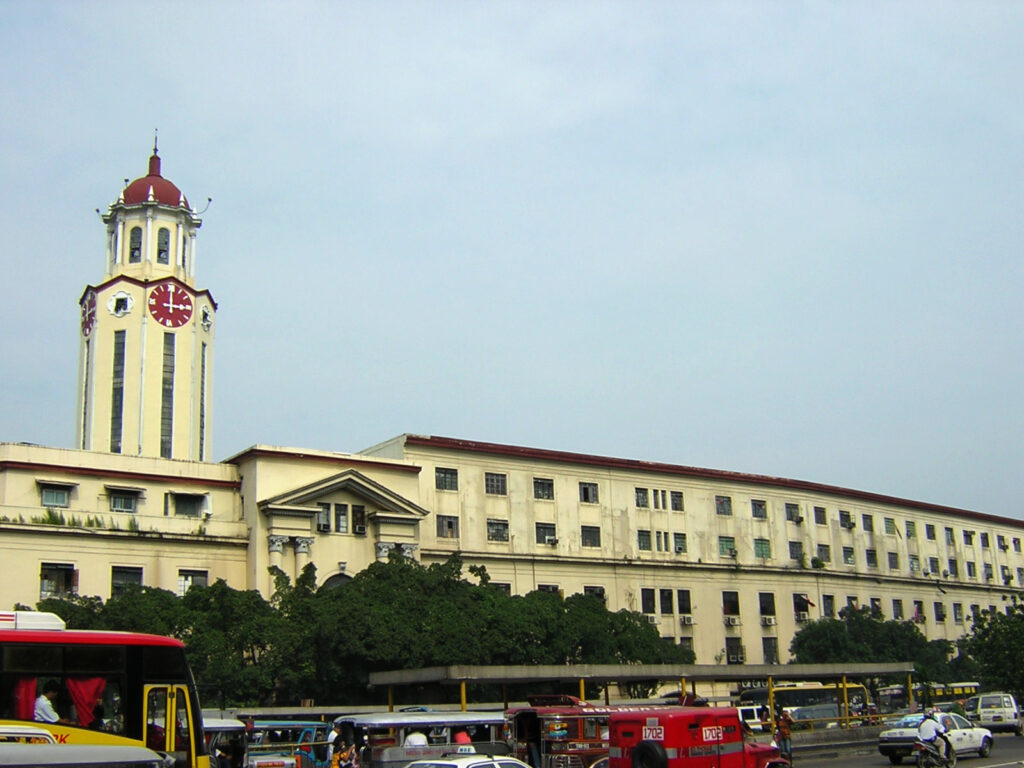One would think that a person who works in Intramuros would be steeped in the history of Manila. Yet strangely enough, I am finding myself to be a stranger to the city, obliged to learn about it – to my eternal mortification – via a newspaper editorial.
For instance, I always thought that the name Manila was derived from the plant nilad which was said to grow in abundance along the banks of the Pasig river. Thus, the place was called “may nilad,” which essentially meant the place where the nilad flowers grow. But today, I learned differently.
Manila already had a storied past even before the Spaniards came. Namayan, now the district of Santa Ana, was ruled by Lakan Tagkan and Lady Masilag. Lakan Tagkan’s descendants ruled a vast area in ancient Manila. Then, the Muslims came. Rajah Avi-jir-koya (Soliman I) founded a new Kingdom along the bay and called it “Manila” in honor of his beloved daughter. A century later, the Spaniards conquered the city.
Isn’t that something?

I also didn’t know that during the time the Americans were here, they called Manila Carnival City. Now, say Carnival City to me and the first thing that pops into my head is Rio. But then again, that’s Carnivale, yeah? With an “e” at the end. Google “Carnival City,” on the other hand, and the top result will show you a casino in Johannesburg, South Africa. Makes you wonder why the Americans called Manila that. I mean, I can get why we would be called the Venice of the Orient, but Carnival City??
Well, whatever. What matters, I suppose, is that after all the crap it was put through during its long history, Manila still stands. A testament to the resilience of the City and its people.
Happy birthday, Manila!

